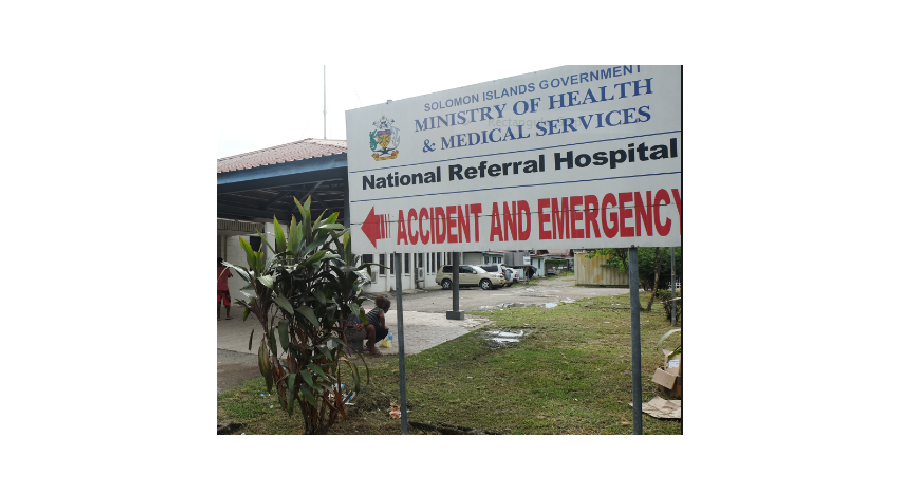21 May 2022
Disclaimer.
This article is for informational purposes only and is not a substitute for professional medical advice, diagnosis or treatment. Contact a qualified medical professional before engaging in any physical activity, or making any changes to your diet, medication or lifestyle.
Added disclaimer.
I, also, make a disclaimer that persons in the Solomon Islands having personal concerns about any health issues should always seek advice from a health professional such as a doctor or medical consultant at a hospital or medical clinic or medical centre staffed with qualified medical doctors
Bladder cancer is often referred to as the "forgotten cancer" — but it shouldn't be. The disease is the fifth most common cancer in Canada and one of the most frequently diagnosed among men.
According to the Canadian Cancer Society, it's estimated that in 2022, 13,300 Canadians will be diagnosed with bladder cancer, 2,500 of whom will die from the disease.
Because the warning signs of bladder cancer are often mistaken for other health conditions like urinary tract and kidney infections, early detection may not be as clear-cut as other diseases. What are the signs and symptoms of bladder cancer, and what are its risk factors? Here's what you need to know.
What is bladder cancer?
Bladder cancer begins when formerly healthy cells in the bladder start to grow abnormally and multiply. The vast majority (90 per cent) of bladder cancer cases occur in the organ's inner lining and are known as urothelial carcinoma or transitional cell carcinoma.
When the disease develops in the bladder lining, it's referred to as superficial bladder cancer. Alternatively, when cancer has spread through the lining and invades the muscle wall or spreads to nearby organs and lymph nodes, it's called invasive bladder cancer.
Nine in 10 bladder cancer cases in Canada are diagnosed in populations ages 50 and older. Bladder cancer is the fourth most commonly diagnosed cancer among men and the 10th most commonly diagnosed among women.
While it's a lesser-known cancer, you may remember several celebrities whom the disease has impacted. Frank Sinatra was diagnosed with bladder cancer in his final years (he ultimately passed away from a heart attack).
What are the warning signs and symptoms of bladder cancer?
In Canada, if you're of a certain age or population group, screening tests are available for breast, cervical and colorectal cancer. However, bladder cancer is a different story.
As of today, there are no early screening tests available for bladder cancer. Therefore, most people are diagnosed after reporting symptoms, most commonly, blood in the urine.
According to Dr. Girish Kulkarni, a urologic surgeon in the Department of Surgical Oncology at the Princess Margaret Cancer Centre, blood in the urine should never be ignored, even if it's a one-time occurrence.
"If someone visibly sees blood, even one time, they should have a thorough assessment," Kulkarni tells Yahoo Canada.
In addition to blood in the urine, signs or symptoms of bladder cancer may include:
· Pain or burning during urination
· Frequent and urgent urination
· Feeling the need to urinate but not being able to
· Experiencing symptoms despite no signs of infections
Dr. Kulkarni says that in addition to blood, pain should never be ignored, as it may indicate a more advanced stage of bladder cancer.
Who is at risk for bladder cancer?
Bladder cancer can affect anyone; however, certain populations are considerably more at-risk than others.
Unlike cancers linked to the so-called "cancer gene" (inherited gene mutations), the risk of developing bladder cancer is almost entirely lifestyle-related.
According to Dr. Kulkarni, smoking is the "no. 1 risk factor associated with bladder cancer."
Additionally, occupational exposures to specific chemicals are often tied to diagnoses, including those found in hair dyes, paints, fungicides, cigarette smoke, plastics, metals and motor vehicle exhaust.
Because of its risk factors, bladder cancer tends to disproportionately affect populations of "lower socioeconomic status," says Dr. Kulkarni. "Think of the people working with chemicals: Painters, factory workers, hairdressers, [etc.]," those are the groups who are most at-risk.
One of the theories that explains why men are diagnosed at higher rates than women are the lifestyle factors mentioned.
"Historically, men were the smokers, and men were the ones working with chemicals," Dr. Kulkarni says.
The forgotten cancer
Despite being the fifth-most prevalent cancer in Canada, Kulkarni says bladder cancer is one of the least funded.
Bladder cancer is "often beyond the 20th-rank in terms of funding," he says. "There's a lot of disparity in the research into bladder cancer."
He adds that while "most people think of breast, prostate, colon, and lung cancers, bladder [cancer] is right there next to them." However, "it doesn't get the fifth or sixth-most amount of funding."
It's a "very prevalent" and "very recurrent disease," he says. "It can come back over and over [again]." The lack of funding "really [highlights] the disparities in cancer care" in Canada.
Source – Yahoo health news.
Yours sincerely
Frank Short



